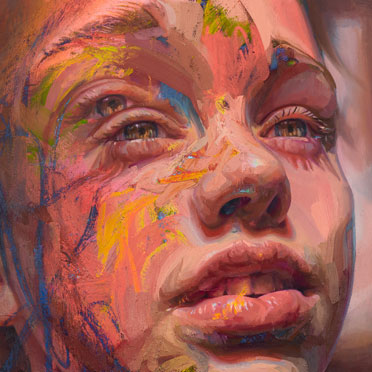Modern Salon: 1
For the final session of Modern Salon.1, we will look to Nicolas Bourriaud’s curatorial treatise Postproduction to have a conversation at play with a momentum established at the turn of the century.
Bourriaud proposes that “in this new form of culture, which one might call a culture of use or a culture of activity, the artwork functions as the temporary terminal of a network of interconnected elements, like a narrative that extends and reinterprets preceding narratives.”
